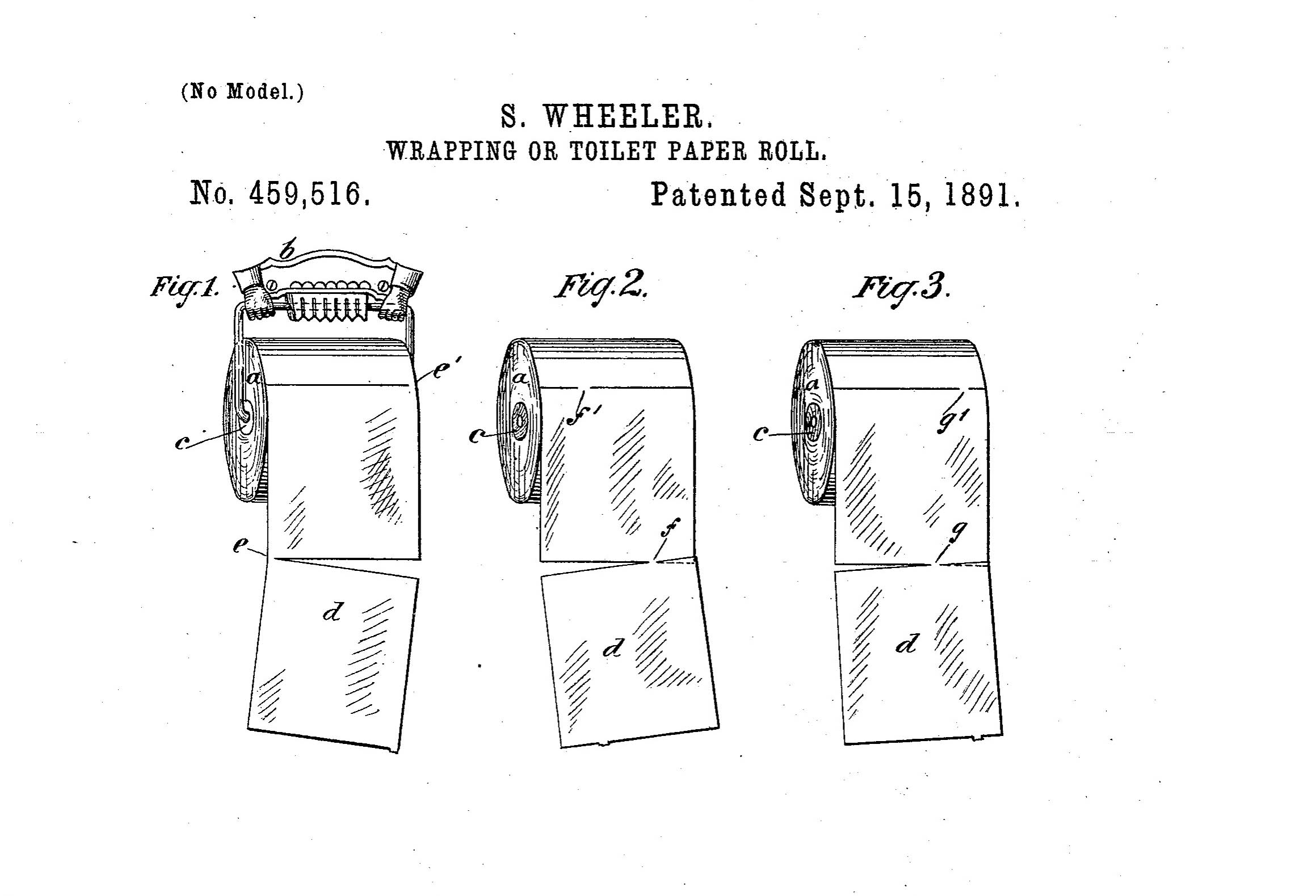In the digital age, the allure of the screen has become a powerful force, shaping the way that we consume information and stay in touch with the interconnected world around us. Within this vast landscape of virtual reality exist a silent epidemic– the unchecked recruitment and attraction of minors to the porn industry.
A 2013 publication by the National Coalition to Prevent Child Sexual Abuse and Exploitation allows us an in-depth look at the research surrounding this issue, reminding us of the addictive dangers lurking behind seemingly innocuous clicks and taps.
Through some of their research, we find out their means of ways to “hook” children to sexual promiscuity, “With 75% of pornographic websites shamelessly displaying visual teasers on their homepages, often before any sort of age verification, we bear witness to a disturbing trend that not only exposes underage children to explicit content but actively entices them into a world of unrealistic sex norms and harm.“
The consequences of this predatory behavior extend far beyond the initial moment of exposure. Adolescents in their formative years are particularly vulnerable to the unhealthy messages made by pornographic narratives. What may start as a curiosity or a fleeting glimpse can quickly become a distorted perception of healthy relationships, consent and intimacy.
According to the NCVRC, “Females are especially prone to the normalization of sexual promiscuity, which heightens their risk of being victims of unwanted sexual violence and of sexually transmitted diseases.”
The consequences that derive from the perception of women in porn demonstrates how the confines of modern society having blurred the lines between fantasy and reality, right and wrong.
As we delve deeper into the heart of the issue, it becomes more apparent that mere age verification mechanisms on websites will not be enough to stem the tide of underage viewership.
The porn industry’s nonchalant attitude towards ethical standards and responsible content dissemination compounds the problem, with visual teasers acting as tantalizing bait for unsuspecting eyes. The very platforms that should prioritize safeguarding vulnerable populations are instead contributing to their exploitation and psychological harm.
To combat this problem, stringent regulations and enforcement measures must be implemented to ensure that pornographic content remains inaccessible to minors. States such as Texas have used online ID verification’s to prevent minors from accessing porn, which has shown to be effective. Many people and companies who faced the backlash of the law believe its against their right to privacy.
However, when the welfare of children of threatened, it requires an approach of caution and proper security measures.
Age verification processes must go beyond superficial checks and incorporate robust methods that deter underage individuals from entering those virtual domains. Protection of minors could come in functions like facial recognition implemented with ID, or hefty age verification checks through a third-party application.
Education also becomes a powerful tool against the adult film industry. Schools, parents and communities must learn to respectfully and responsibly engage in proper conversation about healthy sexuality, consent and potential risks that come with pornography consumption.
By equipping young individuals with the knowledge and critical thinking skills to navigate the digital landscape safely, we empower them to make informed choices and resist the siren call of unhealthy porn addiction.
The adult film industry itself bears a moral obligation to prioritize the well-being of its viewers over clicks and money, especially those who are most vulnerable. Transparent advertising practices, clear warnings about the potential impact of explicit content and a commitment to ethical production standards are paramount.
The exploitation of children for profit must have no place in an industry that claims to be a purveyor of adult content.
The issue of minors being allured to the porn industry is not merely a matter of online safety, but a fundamental question of ethics and societal responsibility.
By addressing the root causes, strengthening protective measures and fostering a culture of education and accountability, we can work towards safeguarding the innocence of our youth and ensure a healthier digital future for the present and the future.

